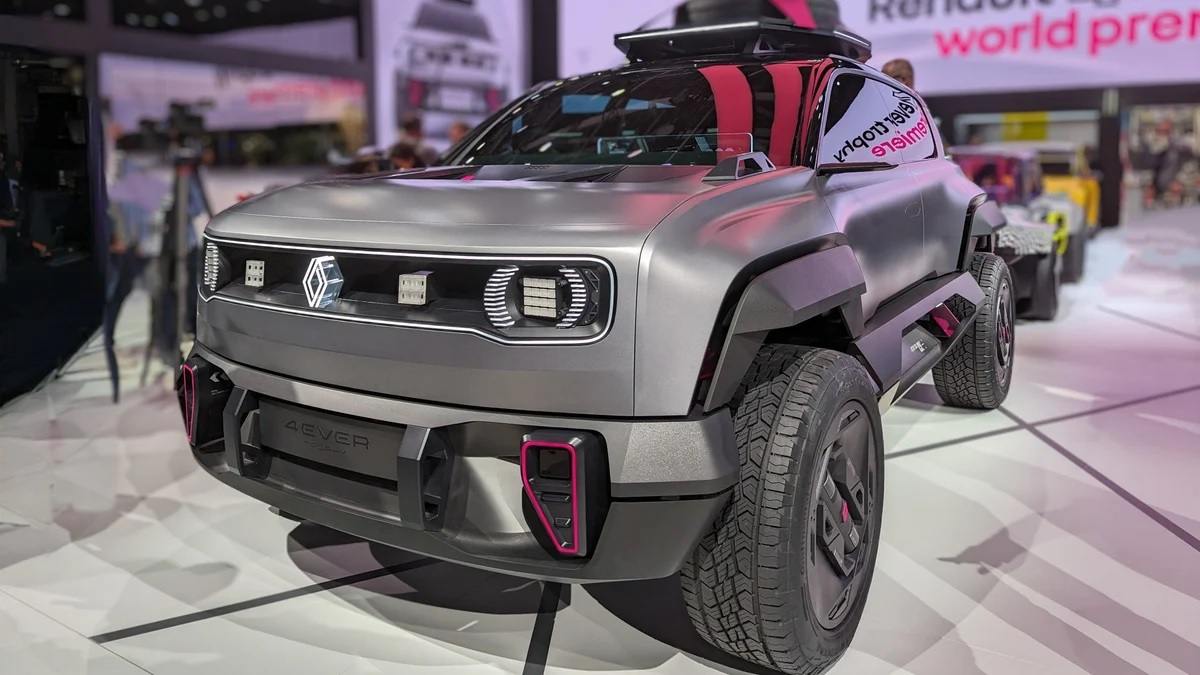The Electric Road Map, Rewired
Renault is betting big on a new kind of electric SUV: long range, built entirely in France, and engineered with a rare-earth-free motor. It’s a technical and industrial pivot aimed at securing supply chains and cutting environmental impact.
At the core is a Software-Defined Vehicle (SDV) philosophy that lets software, not hardware alone, drive capability. With tight integration to Google Cloud, the car is conceived for continuous updates and smarter services.
A French Heart Without Rare Earths
The powertrain, co-developed with Valeo, targets about 200 kW (272 hp) without relying on rare earth magnets. That’s a bold engineering choice that reduces exposure to volatile materials markets.
Production of the motor at Cléon underlines Renault’s commitment to industrial sovereignty. By keeping production local, the brand strengthens control over quality, jobs, and technology.
Battery, Charging, and Real-World Usability
A 90 kWh pack built in Douai anchors the SUV’s long-range ambitions. The adoption of an 800V architecture unlocks quicker charging and better thermal management, key to reliable performance.
The entire vehicle is set to be assembled in the same Douai hub. That unified footprint promises tighter logistics and a cleaner, more traceable manufacturing process.
Computing Power On Wheels
Renault pairs its software-first strategy with hardware muscle from Qualcomm. A custom chip and up to two on-board supercomputers are planned to handle high-bandwidth tasks from driver-assist features to infotainment.
This digital backbone is designed for scalable autonomy and advanced sensing, while preserving energy efficiency. It sets the stage for fast iteration via over-the-air updates.
What Stands Out
- Rare-earth-free electric motor co-developed with Valeo
- Approx. 200 kW (272 hp) output
- 90 kWh battery assembled in Douai
- 800V charging architecture for faster top-ups
- SDV platform with deep Google Cloud integration
- Qualcomm hardware with a custom chip and up to two supercomputers
- Manufacturing concentrated in France for resilience and traceability
- Series production targeted for 2027, alongside the next Megane E-Tech
National Pride Meets Practical Gains
Beyond performance, this project is a narrative about French innovation. Concentrating design and production in France keeps value at home and tightens the link between R&D, factories, and suppliers.
It also provides a template for sustainable reindustrialization. By rethinking materials and processes, Renault aligns commercial goals with environmental and strategic priorities.
“Less Hype, More Hardware”
“Ambition alone doesn’t move the needle. What matters is turning software and materials science into real-world range, reliability, and lower dependency on critical imports.”
This ethos runs through the SUV’s development: engineering choices that are measurable, auditable, and repeatable at scale.
Why Rare-Earth-Free Matters
Rare earths are powerful but geopolitically sensitive. A motor that avoids them can stabilize costs and simplify recycling, while reducing upstream environmental impacts.
Crucially, it’s a statement of design maturity. Achieving strong performance without rare earths requires meticulous motor geometry, advanced control algorithms, and superior thermal design.
Timing and Trajectory
Renault targets 2027 for series production, pacing the rollout with the new generation Megane E-Tech. That timeline allows the ecosystem—suppliers, charging networks, and software infrastructure—to mature in step.
It also gives room to validate the SDV approach, ensuring updates and features can scale securely across the fleet.
Challenges, Candidly
Supply security for lithium, nickel, and graphite remains a factor, even without rare earths. Cost parity with combustion rivals will depend on battery pricing, incentives, and manufacturing yield.
Charging access is another variable. The 800V system helps reduce downtime, but real benefits hinge on a robust fast-charging network.
The Upshot
Renault’s SUV is more than a new model; it’s a platform strategy and a policy statement. By pairing rare-earth-free engineering with local manufacturing and cloud-native software, the brand positions itself at the intersection of innovation, sustainability, and national confidence.
If execution matches intent, this could be a blueprint for European EV competitiveness—rooted in technology sovereignty, built for long-term resilience, and ready for the software-defined decade.
